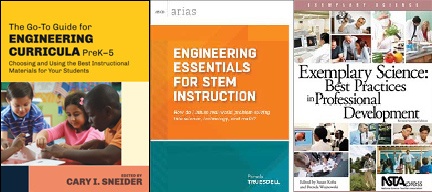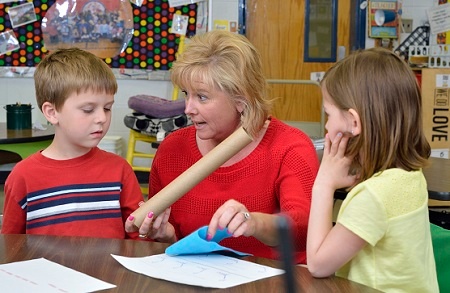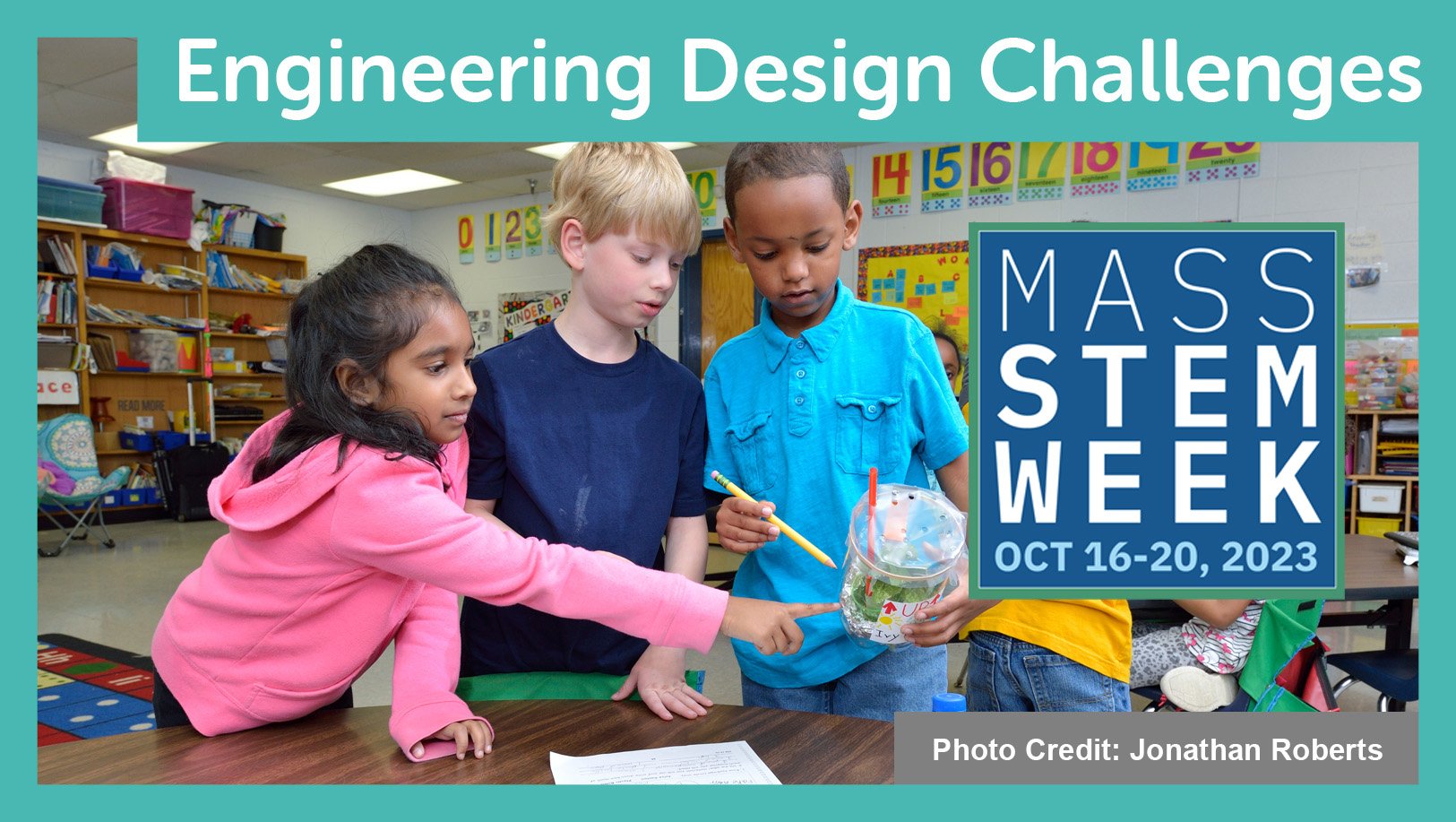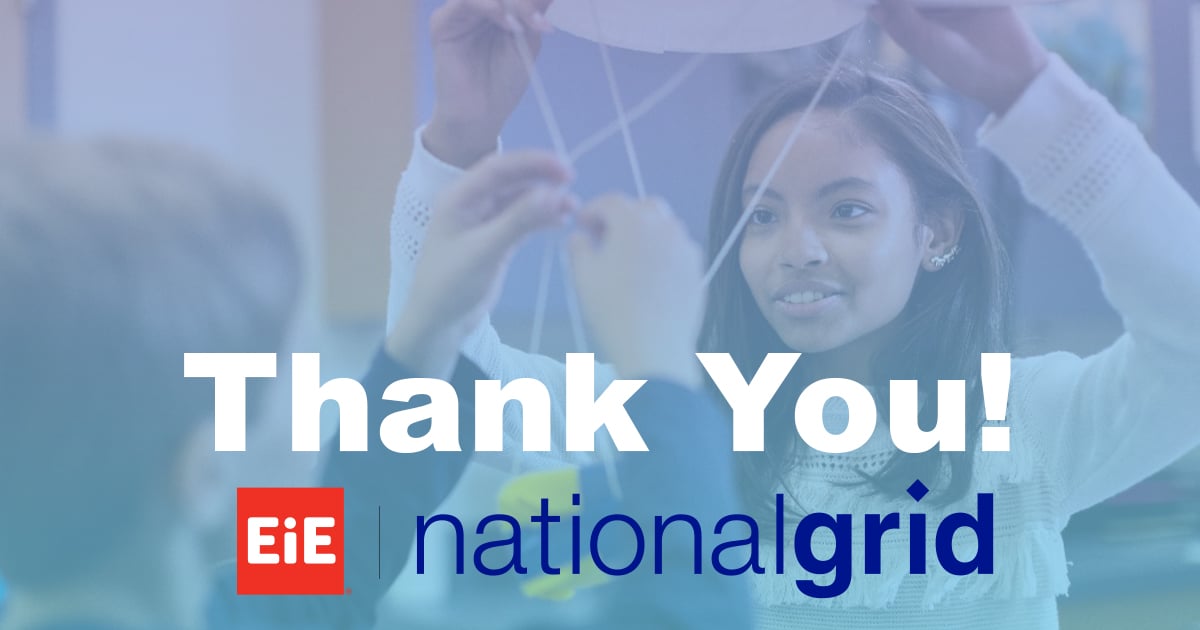 |
| Nervous about teaching engineering? You know more than you think you do! |
Q: I just learned I’ll be teaching the Engineering is Elementary curriculum this year. But I don’t know anything about engineering! Help—how do I get smart in a hurry?
A: First, know that you’re not alone. Most elementary teachers have never taken a college course in engineering. Second, remember that you don’t have to master advanced engineering concepts like “axiomatic design” or “dual modular redundancy,” just familiar concepts like “systems” and “processes.” Here are four fast ways to learn more about classroom engineering.
 |
| Your Teacher Guide can help you learn about chemical engineering before you tackle the “Play Dough” unit. |
- Read Your EiE Teacher Guide: It’s a great place to start. Along with the usual lesson plan components—like learning objectives, lesson prep instruction, and reproducible student handouts—each lesson includes helpful background information that introduces you to the field of engineering (electrical, mechanical, civil, and so on) featured in the unit and explains what kind of work is typical for engineers in that field.
 |
| Join today to meet like-minded engineering educators. |
- Network with Other Engineering Educators: Consider joining LinkEngineering, an online community of K-12 engineering educators created by the National Academy of Engineering. The website has lots of helpful readings and videos to get you started; you can also connect with other elementary engineering educators.
 |
| A workshop is a great way to boost your knowledge of engineering. |
- Attend a Workshop: One great way to jumpstart your understanding of engineering is through professional development. Our introductory workshop is called “Everyone Engineers” for good reason: while you’re there, you’ll roll up your sleeves and do some hands-on engineering, and you’ll leave feeling confident about leading your students through open-ended engineering design challenges. Can’t travel to a workshop? Check out our new
online PD.
 |
| New books present practical strategies for teaching engineering. |
 |
| Laura Keeling never thought she’d become her school’s engineering expert! |
Finally, take heart from the story of Laura Keeling, a third-grade teacher in Louisville who used to describe herself as “NOT scientific.” One day, Laura was invited to take part in a study, pilot testing EiE. For reasons she can’t explain, she said yes. Within a year, she had become the science lab teacher—teaching engineering to all 720 students
in the school. “I’ve learned so much, people sometimes ask me if I’m an engineer!” she says.
Keeling has also become an EiE PD provider, and she finds that her own path to teaching engineering is an inspiration to the teachers in her workshops. “They’re anxious about teaching engineering . . . until I explain, I was just like them,” she says.
Engineering is Elementary is a project of the National Center for Technological Literacy® at the Museum of Science, Boston.














